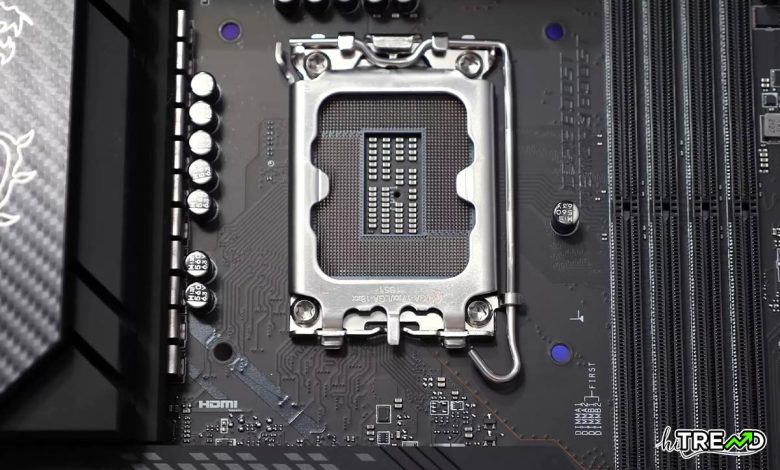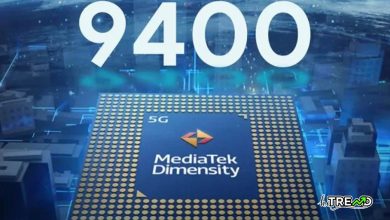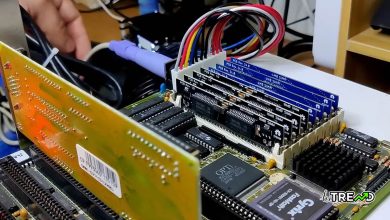The Best Gaming CPUs of the Past Two Generations

In less than a month we’ll see the release of AMD’s new Zen 5-based Ryzen 9000 series, so it’s time we updated all of our CPU data in preparation for their arrival. And that’s exactly what we’ve spent much of the past few weeks doing. But instead of waiting another month to reveal all the data we’ve gathered, we thought it’d be a good idea to recap how the two current generations played out.
You can read more Technology articles
As it stands, we have three active CPU platforms: Intel’s LGA1700 supporting their 12th, 13th, and 14th-gen Core series, and AMD’s AM4 and AM5 platforms. You can still technically buy LGA1200 motherboards, which support 10th and 11th-gen Core processors, but only 11th-gen CPUs are still on sale and they are not very competitive. They’re only viable options for someone already on that platform with maybe a Core i3 processor, but other than that, LGA1200 is very outdated.
In a sense, AMD’s AM4 platform is also dead for new system builders, as you’re far better off jumping on AM5, and we will explore that a little later on in this review. What’s keeping AM4 alive is good motherboard availability and a wide selection of Ryzen 5000 processors, but this only concerns those already on AM4 with an older processor. As it stands, the platform remains viable, meaning we have Ryzen processors dating back to late 2020 that are still on sale, while the oldest good options from Intel are their 12th-gen series released in late 2021.
So how do they all compare in mid-2024 in the latest games?
Today, we’re going to look at exactly that, along with a few different takes on the cost per frame analysis, and this data will be based on a 13-game average. Some of these games are new additions, and for others, we’ve overhauled the testing with new test locations or quality settings that we believe are more CPU demanding.
Also, please note that while we will be including the data for 17 CPUs in all of the individual graphs, we have data for over 30 models. However, for simplicity’s sake, we’ve narrowed down the number of CPUs in the individual game graphs.
This makes them much easier to read and digest – and you don’t need the 5600X and 5600 in the same graph, for example – they’re the same CPU with a small 5% boost clock discrepancy. The same applies to parts like the 5700X3D and 5800X3D. We’re going to use the more commonly sold 5800X3D, but in reality, they’re basically the same chip.
As usual, all CPU gaming benchmarks will be conducted at 1080p using the GeForce RTX 4090. If you consider yourself a PC enthusiast but don’t understand why reviewers test this way, don’t take to the comments section to vent your frustration. Instead, check out our articles that explain the basics of CPU benchmarking and why things are done the way they are.
Follow HiTrend on X





